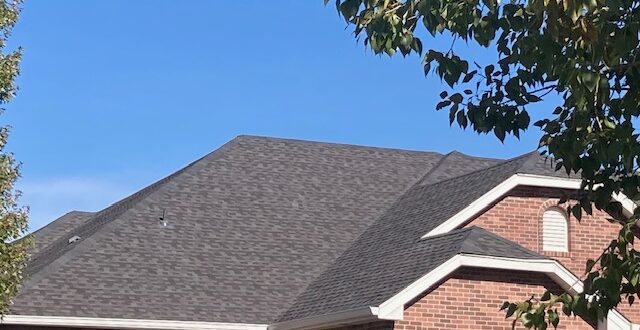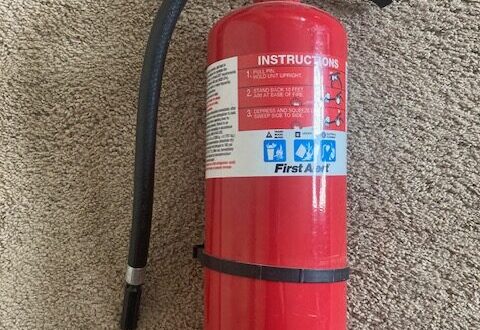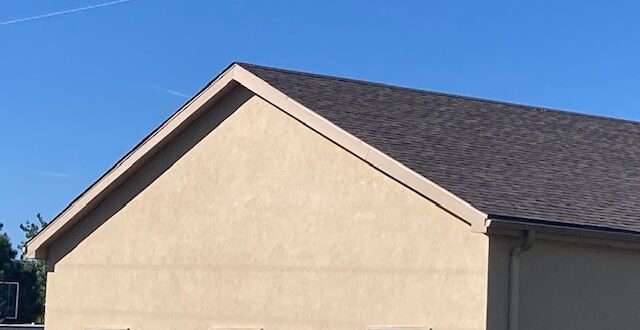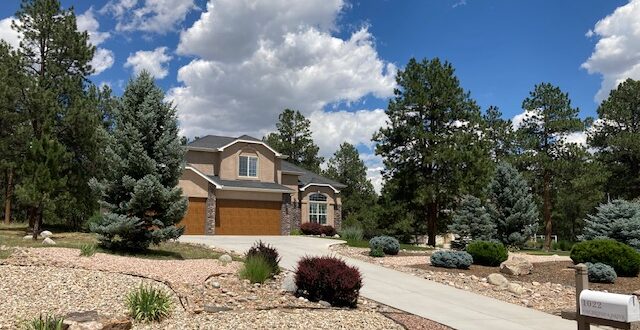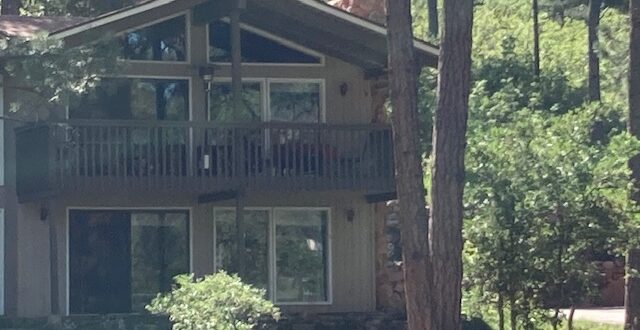When the electricity goes out, you’ll need a fire cistern or you may need to use the swimming pool or hot tub. To make any of these options work, you need a water pumping system. This is especially important if your water source is going to be from a well or river away from the home. What Will a Water Pumping System Do? The water pumping system makes it possible to bring a high volume of water with high pressure, helping to tackle a fire immediately. You want to get a pump that will discharge 15-30 gallons of water per minute. Yes, that is going to use up that 80-gallon hot water tank very quickly. You don’t need more than
(719) 400-9104
office@coloradomastication.com
If you don’t have a fire bunker yet, you’ll want to consider one. These are important in the event of wildfires, especially if your home is remote. There was once a time people were given evacuation plans, but the Black Saturday Bushfires in 2009 that killed 164 people led to some questions about evacuation plans. Is it better to have something similar to a bomb shelter but for fires? Evacuation Isn’t Always Possible Depending on the area and severity of the fire, evacuation isn’t always possible. In fact, it can end up being more dangerous. Having a bunker instead could be a safer option while waiting for fire crews to get out to you. Of course, there are fears that
There are a few extra additions to your home you won’t necessarily think about. These can all help during a fire and afterward. It’s time to consider an internal sprinkler system to help put out the fires, then you’ll want something to protect important documents during the event. Internal Sprinkler Systems Can Reduce the Spread Businesses and hotels will use internal sprinkler systems. When there is a fire, the systems automatically turn on to help put the fire out. Most houses aren’t built with these, but that doesn’t mean you can’t add them to your home. There are some new rules coming in for new builds in Boulder County, with homes that are more than 4,500 sq ft needing them
Fire mitigation and gutters. Contact Colorado mastication for scrub oak removal, brush clearing and tree removal. The material of gutters isn’t the only problem when it comes to wildfires. This part of the home collects a lot of debris as well as water, leading to fuel for the fires to spread. It’s important to make sure the materials are just right, but there are also maintenance steps you’ll need to take. Adding Gutters to the Home It could be worth replacing your gutters if you’re just moving into a property or you realize you haven’t replaced them in a while. If you’re building a new home, you’ll need to think about the material of the gutters anyway. You’ll usually find
When preparing your home for wildfires,do not forget to think about fences and other structures that you have on your property. You can do anything you want to make sure the structural aspect of your house is safe from fires, but it’s going to do nothing if you don’t make the rest of your property is safe. Enclosed spaces and fences are major problem areas if you don’t take care of them. Managing Enclosed Spaces Enclosed spaces include the likes of storage under the deck or patio, sheds, or other out-of-sight storage spaces around the home. It’s easy to forget all about them because they are out of sight, but you need to ensure there isn’t a buildup of flammable
You may already have a hose to water your garden. If you don’t, it’s something to think about. This isn’t just to keep the garden looking beautiful, but to also manage fires that are outside of the home. Commonly, you’ll find 50ft hoses outside. You want to get a 100ft hose attached to everything spigot around the home. It’s worth having everything already connected as having to connect will waste valuable time. You also want the hoses around the house as a 200ft run with a hose is hard. Even firefighters train for that job! What Size of Hose Do You Need? You’ll want to look for hoses that are 3/4in in diameter. Brass fastenings are going to be the
While you will do what you can to make your home safe in a structural sense and you’ll have a fire evacuation plan, you’ll also need to be ready to put out fires. Some fires start small and can be suppressed quickly, as long as you have the right tools. Fire extinguishers are a must. Have Multiple Fire Extinguishers Around the House Getting one isn’t going to be enough. Sure, it’s great for the kitchen, you need something for upstairs and even in the basement. You’ll want at least one on each level. You’ll also want them in each vehicle you have and an extra one in the garage. The more the better, but you don’t want all the same
For questions about fire mitigation on your property in Lakewood, call (719)400-9104. The exterior siding to your home will make a difference to the home burning quickly or not. It’s not as important as your windows and roofing, so you’ll want to make them the priority when it comes to costs. When you have the money, it’s worth upgrading your exterior siding to prepare for wildfires. The siding is going to be beneficial if a house or shed just 20ft away catches fire. The crown fires will affect the roof more than the side of the house. So, if you’re on the urban edge, having siding that is ignition resistant is worth considering. The Worst Choices for Exterior Siding Vinyl
For fire mitigation in Victor, call us at (719)400-9104. In fire mitigation plan there are a lot of things you need to consider, even doors. Your doors do more than just protect the entryway of your home from intruders. They also protect against fires. At least, they should. A good weather seal will make all the difference. The right materials for the door will also go a long way in slowing down the fires to be able to get everyone out safely. Which Materials Are Best for Doors? A lot of doors are now made of a composite material. There’s a fiberglass skin on the outside with a fire-resistant core. While they’re great for slowing down the spread of the
It’s important to prepare your home for wildfires. Even if you have just had it built with Class A rated products, there are limitations to the materials. Getting the rest of the home ready is essential. This is especially the case for decks. You may want cedar or redwood for decking. This looks beautiful, but they require a lot of maintenance. Then there’s pine, which is more durable but there are some chemical toxicity levels to consider. On top of all this, you’re looking at wood, which means it’s going to be easier to burn than other products. Treating Your Decks with the Right Products If you already have a wooden deck, you may just want to start from scratch
